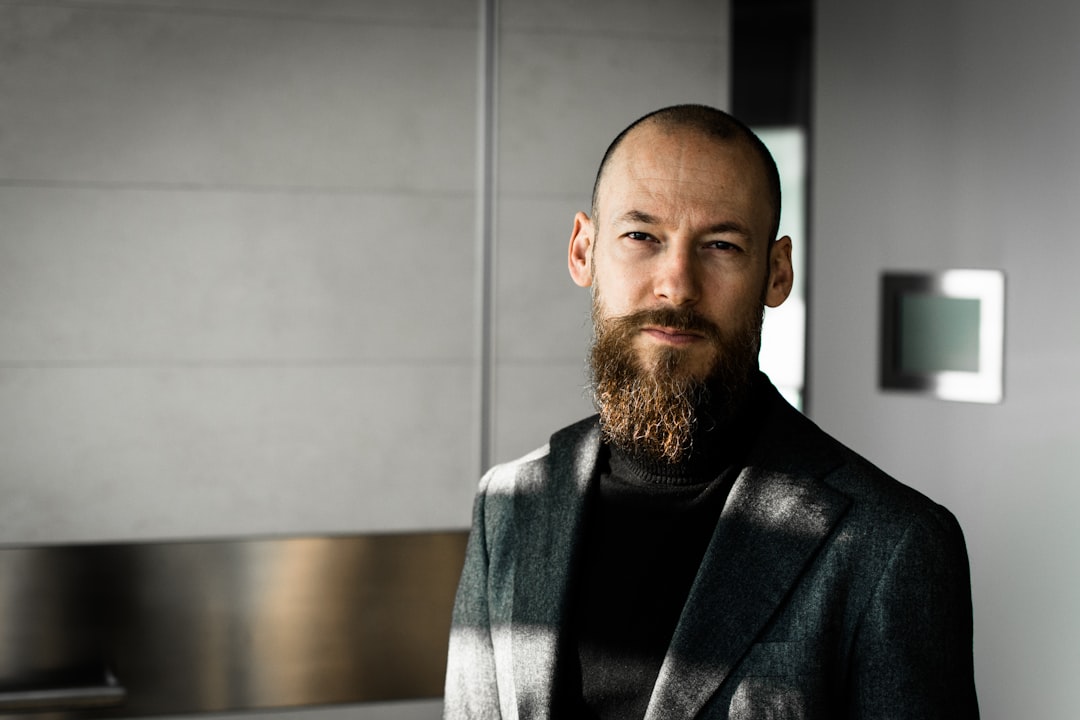Hair loss often comes sooner than expected. According to the American Hair Loss Association, by age 35, two-thirds of American men will experience some degree of noticeable hair loss. By 50, that number jumps to 85%, with significant thinning becoming the norm for most.
If this worries you, remember: Hair loss is common, but you don’t have to accept it without a fight. You can regrow fuller, healthier hair thanks to FDA-approved treatments, cutting-edge therapies, and lifestyle changes. This guide will explore five proven hair regrowth treatments for men to help you take control of hair loss and find the best solution for your needs.
Topical Treatments: The Power of Minoxidil
Minoxidil is an FDA-approved antihypertensive agent discovered in the late ‘70s as an oral treatment. Since the ‘80s, you may have seen it commercialized as a topical solution called Rogaine.
How Minoxidil Works
Minoxidil is applied topically, with approximately 40% of men achieving growth in the first three to six months of use. It stimulates hair follicles and improves blood flow to the scalp, prolonging the growth phase of hair and encouraging the best hair regrowth for men.
Application Methods & What To Expect
Topical Minoxidil is particularly effective on androgenetic alopecia (also known as male pattern baldness), helping to slow hair loss and restoring thinning areas when possible. When first starting, some men notice early shedding, a sign that the treatment is pushing weaker hairs to make room for regrowth.
Potential Side Effects
Side effects of minoxidil include scalp irritation, dryness, or flaking. Less commonly seen effects include increased facial hair due to accidental application. Switching to the foam version with lower alcohol content can help battle dryness or irritation.
Maximizing Effectiveness
To get the best results from minoxidil, remember to follow these steps:
- Be consistent to increase the effectiveness
- Apply product to a dry scalp
- Don’t stop use (unless you have adverse effects) for three to six months at least to allow time to work
- Pair application with a healthy scalp routine, like gentle shampoos and scalp massages, to create the best conditions for growth.
Minoxidil could be an excellent option for you if you are suffering from male pattern baldness and thinning or want to try a product with a long history of use. By remaining consistent and getting support from an expert, this method could help you reduce loss and stimulate some regrowth.
Oral Medications: Finasteride’s Role in Hair Loss Prevention
Topical isn’t the only choice you have. If you want to stop hair loss at the source, finasteride is an FDA-approved prescription medication that reduces dihydrotestosterone (DHT), a hormone responsible for shrinking hair follicles, causing male pattern baldness. Finasteride halts this type of hair loss by blocking DHT production and can sometimes stimulate regrowth.
As with Minoxidil, most users see less shedding within three to six months. Long-term studies also show over 80% of men maintain or improve hair density.
Potential Side Effects
Side effects are often temporary and include decreased libido or mood changes.
Maximizing Effectiveness
Finasteride works best if you’re in the early to mid stages of hair loss and is most effective with consistent, long-term use. Combined with topical treatments, it can become a powerful tool for regrowth in your hair care routine.
Innovative Therapies: Exploring PRP Treatment
For anyone looking beyond traditional hair loss treatments, consider platelet-rich plasma (PRP) therapy, an emerging treatment that uses the patient’s blood. It’s used for cell regeneration and can help with pain, healing, and hair loss, among other issues.
How PRP Works
During PRP you’ll have a small blood draw into a vial that is then spun in a centrifuge to separate platelet-rich plasma from the rest of the components. A medical professional injects that PRP into the scalp to promote cell regeneration, increase blood flow, and strengthen hair follicles.
Effectiveness & Benefits
- Boosts hair thickness and density in thinning areas
- Best for early-stage hair loss or as a complement to other treatments
- Minimally invasive with little downtime
Because of its natural approach and innovative nature, PRP is growing in popularity and proving itself to be a great solution for hair regrowth for men.
Low-Level Laser Therapy: A High-Tech Solution
For non-invasive, medication-free approaches, turn to low-level laser therapy (LLLT) which uses red light wavelengths to stimulate hair follicles. The drug-free, painless option is great for those looking to avoid medications or surgery during their hair regrowth process. When combined with other treatments, LLLT can enhance overall regrowth efforts.
How LLLT Works
LLLT delivers pain-free, low-intensity laser energy to the scalp helping improve blood circulation and extending the growth phase. This revitalizes weakened follicles and promotes thicker, healthier hair.
At-Home vs. Professional Treatments
You can find laser products for at-home use like laser combs, caps, and helmets. These are convenient for use several times a week. However, a professional LLLT treatment will offer higher-intensity sessions for faster results.
Natural Remedies: Essential Oils for Hair Growth
If you’re searching for a natural, at-home start to your regrowth process, one approach is essential oils. Certain plant-based oils stimulate circulation, reduce inflammation, and support healthier hair follicles, helping with thinning hair.
Top Hair Regrowth Oil for Men
- Rosemary oil: Boosts circulation to hair follicles, promoting growth
- Peppermint oil: Increases blood flow to the scalp
- Tea tree oil: Helps reduce dandruff and scalp inflammation, improving the environment for hair health
How To Use Essential Oils Safely
- Dilute with a carrier oil such as coconut or jojoba before applying directly to the scalp
- Massage into your scalp for a few minutes to enhance absorption
- Use consistently for best results
Essential oils aren’t a standalone cure and won’t take you to a full head of hair, but they may support hair regrowth and improve the environment of your scalp, helping other hair regrowth treatments do their job more efficiently.
Choosing the Right Hair Regrowth Solution for You
Though some depend on your stage of hair loss, lifestyle, and treatment preferences, many of the treatments on this list work together with hair regrowth shampoo for men and other products to help achieve your goals. Here’s a summary:
- Simple, proven solution: Minoxidil and Finasteride are FDA-approved and widely used
- Advanced treatment: PRP and LLLT offer innovative, non-surgical approaches
- Natural boost: Essential oils may support healthy hair growth
- Combining treatments: Minoxidil with PRP or finasteride with LLLT can enhance results. Consistency and patience are the real magic elements on this list to help you reach your hair goals.
Ready to get started? Schedule a consultation with HairClub and explore personalized solutions. Book your appointment today and start regrowing your hair and confidence!



